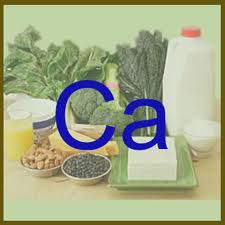A.) activation of Ca2+-activated K+ channels by Ca2+ sparks results in spontaneous transient outward currents (STOCs), hyperpolarizing the plasma membrane (increased membrane potential; Vm). This reduces activation of voltage-operated Ca2+ channels (VOCCs), decreasing Ca2+ influx and global [Ca2+]. This can act as a negative feedback mechanism, whereby localized Ca2+ release from the sarcoplasmic reticulum (SR) lowers mean cytosolic [Ca2+], restricting further store loading.
B.) spark-dependent activation of Ca2+-activated Cl− channels causes spontaneous transient inward currents (STICs), with membrane depolarization and Ca2+ channel activation. This results in positive feedback, with Ca2+ release from the SR promoting further Ca2+ influx.
Above is an image directly from the article.
The article discusses a study that take a closer look at what is happening with calcium on a cellular level. Some of this study is conducted on jellyfish. They used jellyfish because they were able to stain its protein with a fluorescent dye. The purpose of staining the proteins is to use them as bio-markers for a better understand of where the calcium is going and why. In their research was done because they know that muscle contractions require the presence of calcium. With the knowledge that calcium is required they then realized that calcium play a vital role in excitation of contraction coupling.Excitation of contraction coupling is defined to describe the physiological process of converting an electrical stimulus to a mechanical response.This coupling is vital to muscle physiology.This article also calcium sparks which is depicted and explained above. Basically these Calcium sparks act as the building blocks for larger transients during the contraction of cardiac muscle (at least in this study). These calcium sparks result in both inhibitory and excitatory responses. They do this by increasing and decrease calcium sensitivity. The calcium sparks are also responsible for both positive and negative feedback. Overall, this article was pretty difficult to navigate through, but it is definitely full of great proven research. The article conclude that they would like to conduct another experiment were they could take a closer look at the use of genetically coded calcium indicators expressed in organelle and/or tissue in identify specific purposes.
CLICK HERE FOR ARTICLE


No comments:
Post a Comment